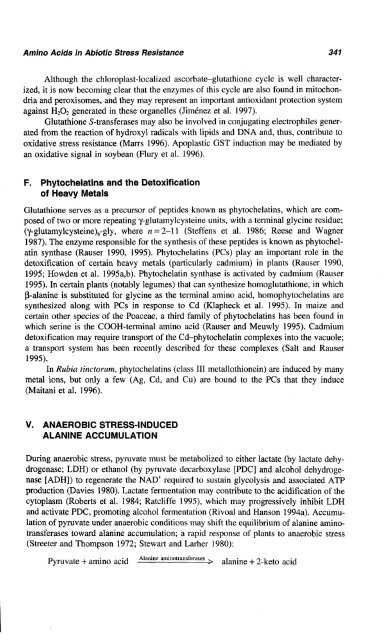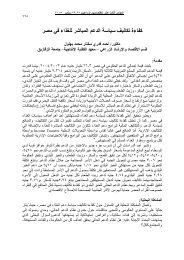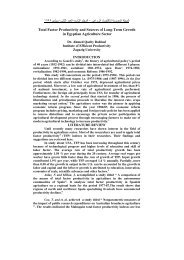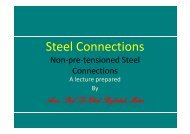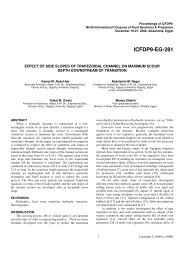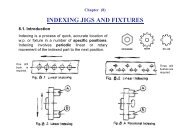Amino Acid Transport
Amino Acid Transport
Amino Acid Transport
- No tags were found...
Create successful ePaper yourself
Turn your PDF publications into a flip-book with our unique Google optimized e-Paper software.
Although the chloroplast-localized ascorbate-glutathione cycle is well characterized,<br />
it is now becoming clear that the enzymes of this cycle are also found in mitochondria<br />
and peroxisomes, and they may represent an important antioxidant protection system<br />
against H203 generated in these organelles (Jimhez et al. 1997).<br />
Glutathione transferases may also be involved in conjugating electrophiles generated<br />
from the reaction of hydroxyl radicals with lipids and DNA and, thus, contribute to<br />
oxidative stress resistance (Marrs 1996). Apoplastic GST induction may be mediated by<br />
an oxidative signal in soybean (Flury et al. 1996).<br />
F. P ~ y ~ o c ~ ~<br />
of Heavy<br />
Glutathione serves as a precursor of peptides known as' phytochelatins9 which are composed<br />
of two or more repeating y-glutamylcysteine units, with a terminal glycine residue;<br />
(~-glutamylcysteine)~-gly, where n = 2-11 (Steffens et al, 1986; Reese and ~agner<br />
1987). The enzyme responsible for the synthesis of these peptides is known as phytochelatin<br />
synthase (Rauser 1990, 1995). Phytochelatins (PCs) play an important role in the<br />
detoxification of certain heavy metals (p~ticularly cad~ium) in plants (Rauser 1990,<br />
1995; Howden et al. 1995a,b). Phytochelatin synthase is activated by cadmium (Rauser<br />
1995). In certain plants (notably legumes) that can synthesize homoglutathione, in which<br />
g-alanine is substituted for glycine as the terminal amino acid, homophytochelatins are<br />
synthesized along with PCs in response to Cd (Klapheck et al, 1995).Inmaizeand<br />
certain other species of the Poaceae, a third family of phytochelatins has been found in<br />
which serine is the COOH-te~inal amino acid (Rauser and ~euwly 1995). ~admium<br />
detoxification may require transport of the Cd-phytochelatin complexes into the vacuole;<br />
a transport system has been recently described for these complexes (Salt and Rauser<br />
1995).<br />
In Rubia tinctoru~, phytochelatins (class I11 metallothionein) are induced by many<br />
metal ions, but only a few (Ag, Cd, and Cu) are bound to the PCs that they induce<br />
(Maitani et al. 1996).<br />
v. A<br />
A<br />
During anaerobic stress, pyruvate must be metabolized to either lactate (by lactate dehydrogenase;<br />
LDH) or ethanol (by pyruvate decarboxylase [PDC] and alcohol dehydrogenase<br />
[ADH]) to regenerate the NAD" required to sustain glycolysis and associated ATP<br />
production (Davies 1980). Lactate fermentation may cont~bute to the acidification of the<br />
cytoplasm (Roberts et al, 1984; Ratcliffe 1995), which may progressively inhibit LDH<br />
and activate PDC, promoting alcohol fe~entation (Rivoal and Hanson 1994a). Accumulation<br />
of pyruvate under anaerobic conditions may shift the equilibrium of alanine aminotransferases<br />
toward alanine accumulation; a rapid response of plants to anaerobic stress<br />
(Streeter and Thompson 1972; Stewart and Larher 1980):<br />
Pyruvate + amino acid 3 alanine + 2-keto acid


